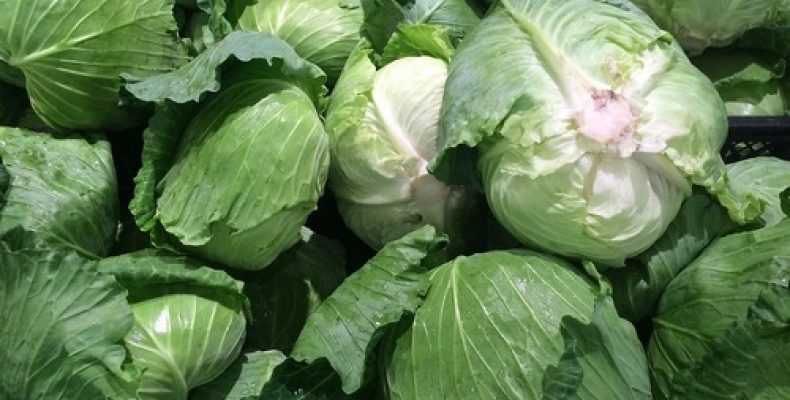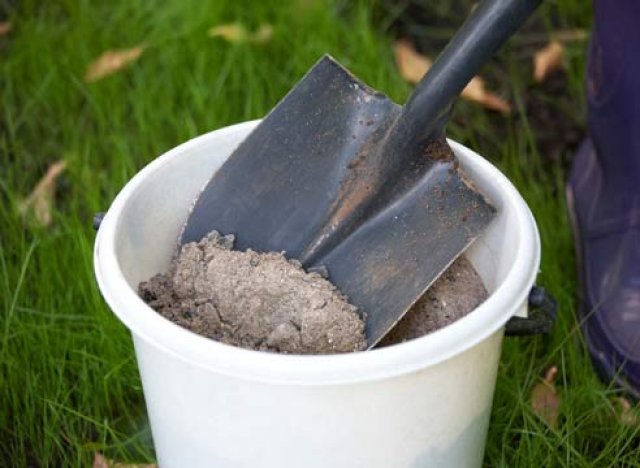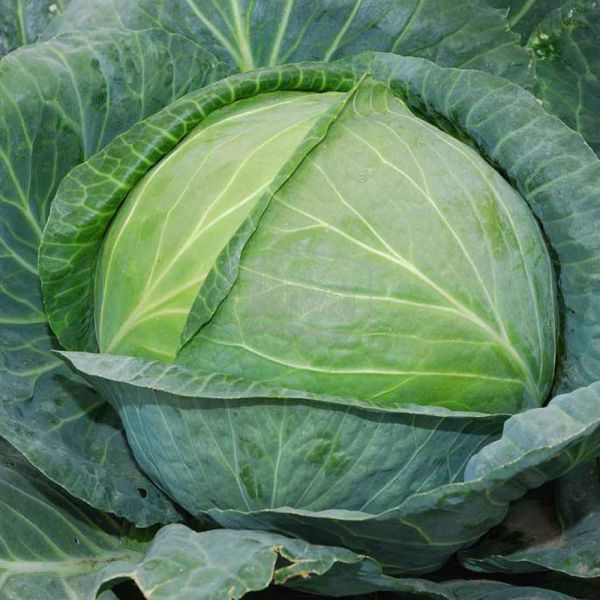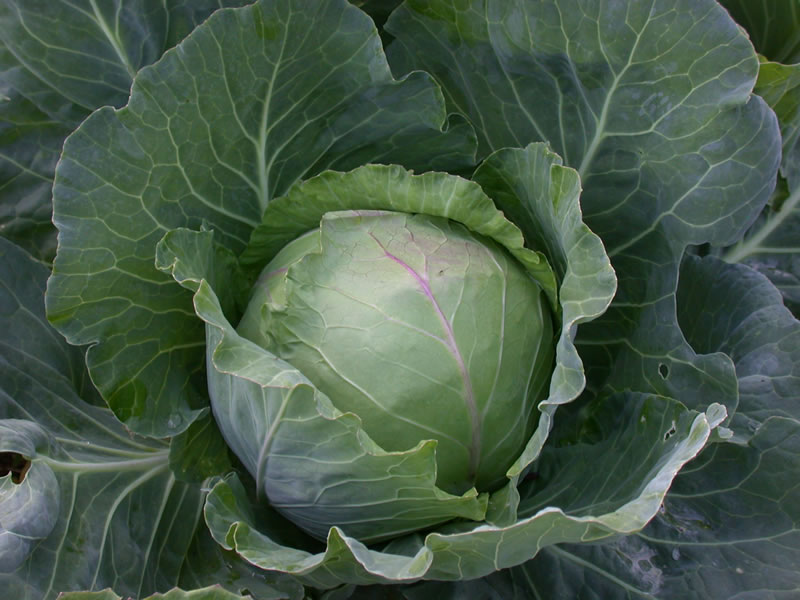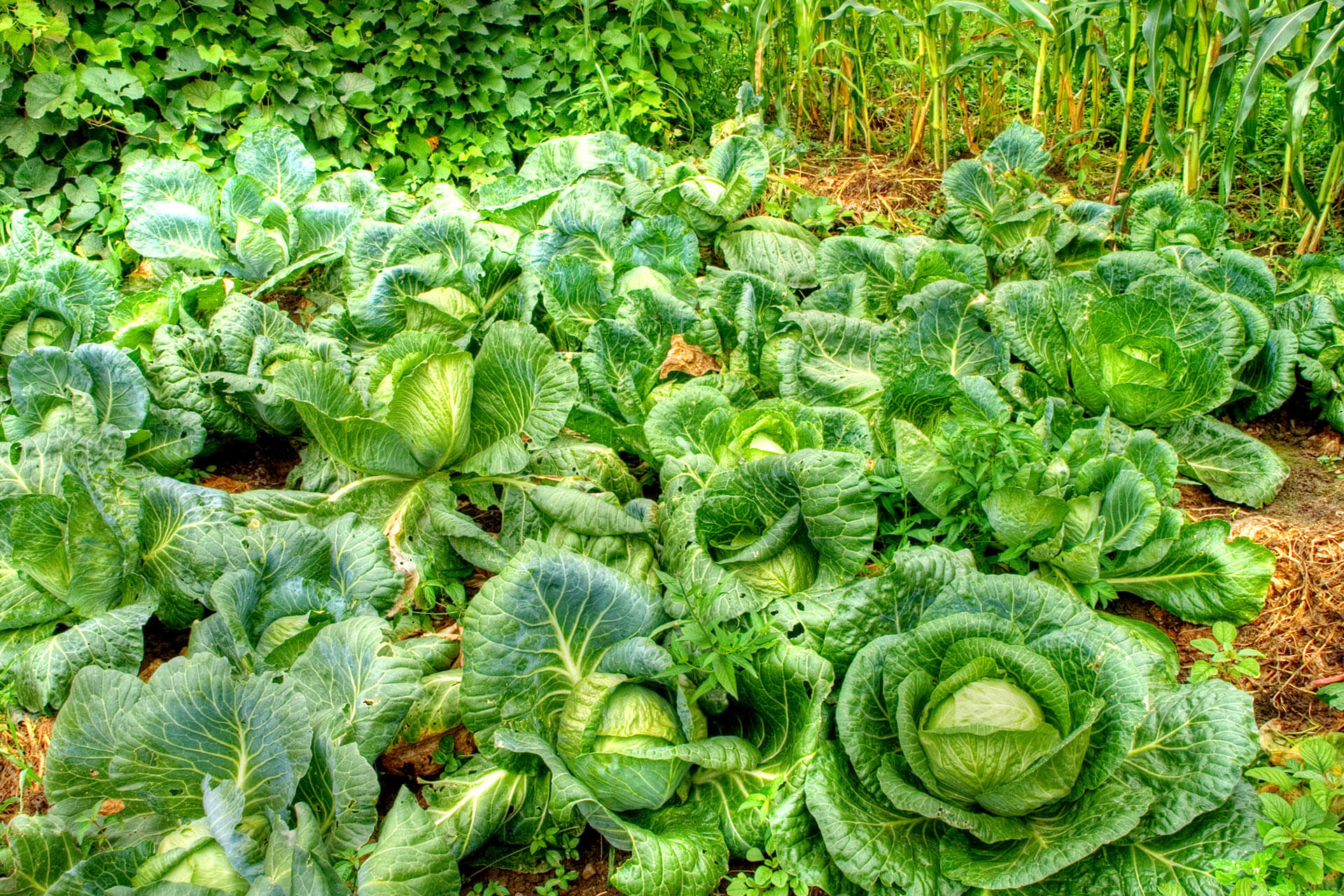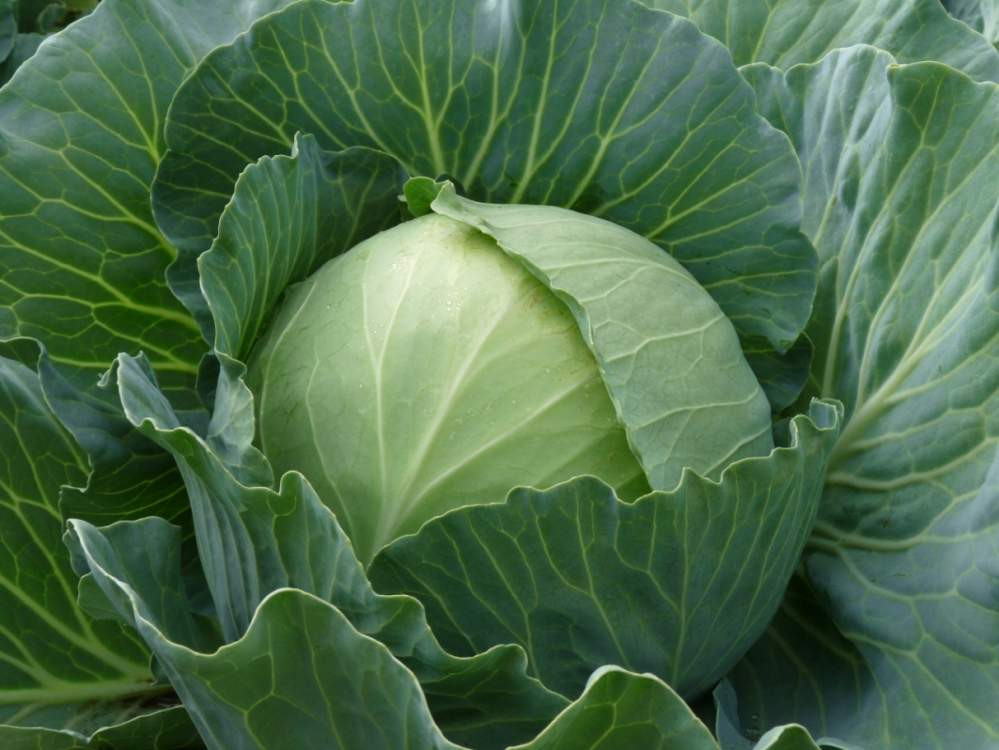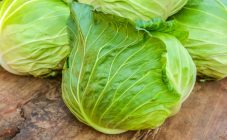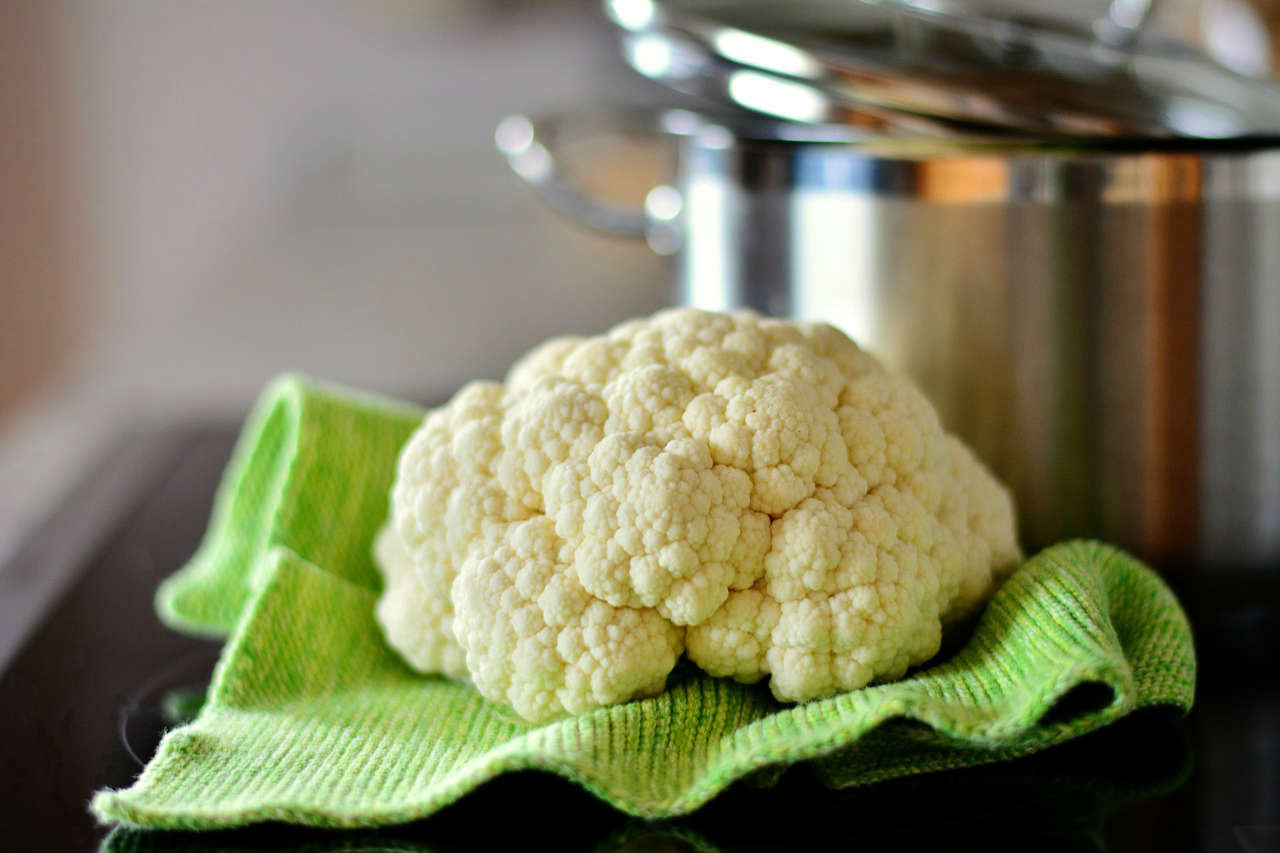Content:
Domestic summer residents rightly consider cabbage one of the most capricious crops. In order to get a good harvest, it is necessary to provide the plant with decent conditions, paying special attention to watering and feeding. Also, this vegetable often suffers from pests and parasites. In order to guarantee a good harvest without hassle, you should plant the Gift variety on the site.
A quick reference about culture
The present is a mid-late variety of white cabbage. Sometimes it is also called Surprise cabbage (not to be confused with a completely different variety - early Surprise cabbage). Due to the relatively inexpensive cost of seeds and the spectacular appearance of the heads of cabbage, this variety has long become a frequent "guest" in summer cottages in the Russian Central Lane and more northern regions. Cabbage Gift has a strong immunity to diseases, pests and responds well to feeding.
The history of the creation of the variety
This variety was bred by domestic breeders back in 1961 especially for the northern regions of the USSR. Gribovskaya breeding station is considered his "homeland". Since then, this variety of white cabbage has been considered one of the most popular in Russia. Gift cabbage perfectly competes with more modern varieties.
Frost resistance
The plant can be grown both in the greenhouse and in the open field. This variety is resistant to cold weather and easily tolerates sudden frosts, so Podarok cabbage is successfully grown even in Siberia. The plant develops well when planted with seeds in open ground, that is, it is not necessary to grow seedlings. This variety, with proper cultivation techniques, always gives a good harvest, regardless of the weather. You can plant seeds and seedlings at an air temperature of +4 to +12 degrees. Before planting, the soil must be fertilized with manure and peat.
Yield
The gift belongs to the mid-late varieties. From the moment the first shoots appear before harvesting, it should take about 130 days. The mass of ripe heads of cabbage is from 3.5 to 5 kg. If 75% of the soil is peat, the yield increases significantly, and up to 10 kg of cabbage can be harvested from 1 square meter. Heads of cabbage, ready for storage and transportation, are usually placed in wooden boxes.
Plant parameters
You can find out what a gift cabbage looks like from the description of the variety: it is easy to find it in specialized literature for gardeners. Good old grade The gift is familiar to almost every summer resident. It is not at all difficult to recognize him. White cabbage Gift immediately attracts attention in the garden. Here are the main characteristics of the variety:
- The height of an adult plant is up to 60 cm;
- Socket dimensions - diameter up to 1 m;
- The shape and color of the head is rounded, slightly flat. The color is white, with a slight yellowness on the cut;
- Leaf sizes are medium;
- The shape and color of the leaves are feathery, with pronounced cuttings and veins.
Pest and disease resistance
To prevent cabbage from getting sick with fungi and viruses, you can plant garlic or tomatoes next to it. You can fight pests with industrial insecticides, but ash gives the best results. Ash is sprinkled on the ground around the root and the wet leaves of the plant. This allows you to scare off dangerous pests such as:
- Cabbage fly;
- Cabbage aphid;
- Medvedka;
- Lurker.
Spraying with a solution of laundry soap also gives good results. As a rule, after one or two sprays, cabbage pests do not return to their old place; they hate the smell of laundry and, especially, tar soap.
Landing features
Having bought surprise cabbage seeds, from the description of the cultivar agricultural technology presented on the package, you can find out the basic planting rules. The plant loves moist and fertile soil. It is best to grow seedlings or seeds in soil with a high percentage of peat. In the Russian Central Lane and in the north, it is best to use the seedling method of growing. In more southern climates, you can safely plant in open ground and seeds. The most suitable time for sowing seedlings is late April – early May, when the threat of night frosts and sudden snowfalls has already passed.
A week after sowing the seeds, the first leaf appears on the seedlings. After at least 4 leaves appear on each plant, planting is carried out in open ground. This usually occurs in the last decade of May – early June. After planting, the seedlings are carefully watered, trying not to blur the root. It is unacceptable to plant young plants close to each other, as this variety does not like tightness. The same goes for seeds if the gardener has decided to sow them outdoors.
Basic care activities
The list of basic activities for the care of Cabbage Gift includes:
- Watering;
- Hilling;
- Weeding;
- Pest and disease control;
- Top dressing.
Cabbage care The gift is pretty simple. When the heads of cabbage begin to set, water the cabbage at least twice a week. In the open field, the plant needs to be watered more often than in a greenhouse. The water should be warm, after watering it is advisable to loosen it for better moisture absorption. Hilling and weeding should be done every 3 weeks. They are fed three times a season: nitrogen, complex mineral fertilizing and potash fertilizer. Instead of industrial potash fertilizers, it is good to use ash. Before feeding, the ashes must be sieved through a sieve to remove impurities.
Weeding is an important care measure. It should be borne in mind that many cabbage pests live not only on the plant itself, but also on weeds. Therefore, a simple rule works here: the more often you weed the cabbage, the less pests and parasites there will be on it. After weeding, the weeds must be burned. If you take it to the compost heap, the pests will spread again throughout the site.
Benefits
Among the main advantages of the variety are the following:
- Dense, hard heads of cabbage are well stored, easy to transport;
- The fruits are of high taste and contain a large amount of vitamins;
- The variety is resistant to diseases and pests;
- Withstands temperature changes well.
Also, the undoubted advantages include the fact that the heads of cabbage are very convenient to pickle and ferment. Cabbage turns out to be delicious and crunchy on the teeth.
disadvantages
Despite a number of obvious advantages, this variety also has disadvantages, for example:
- The plant does not grow well in the shade and is very demanding on the sun;
- Cabbage Gift needs to be watered often;
- This variety will grow poorly in nutrient-poor soil;
- Seeds do not always germinate well.
Also, the disadvantages include the fact that the seedlings do not take root well in the open field, if the spring-summer turned out to be rainy and windy.
Cabbage Gift lives up to its name. With proper cultivation techniques, the plant will certainly delight the summer resident with an excellent harvest.
